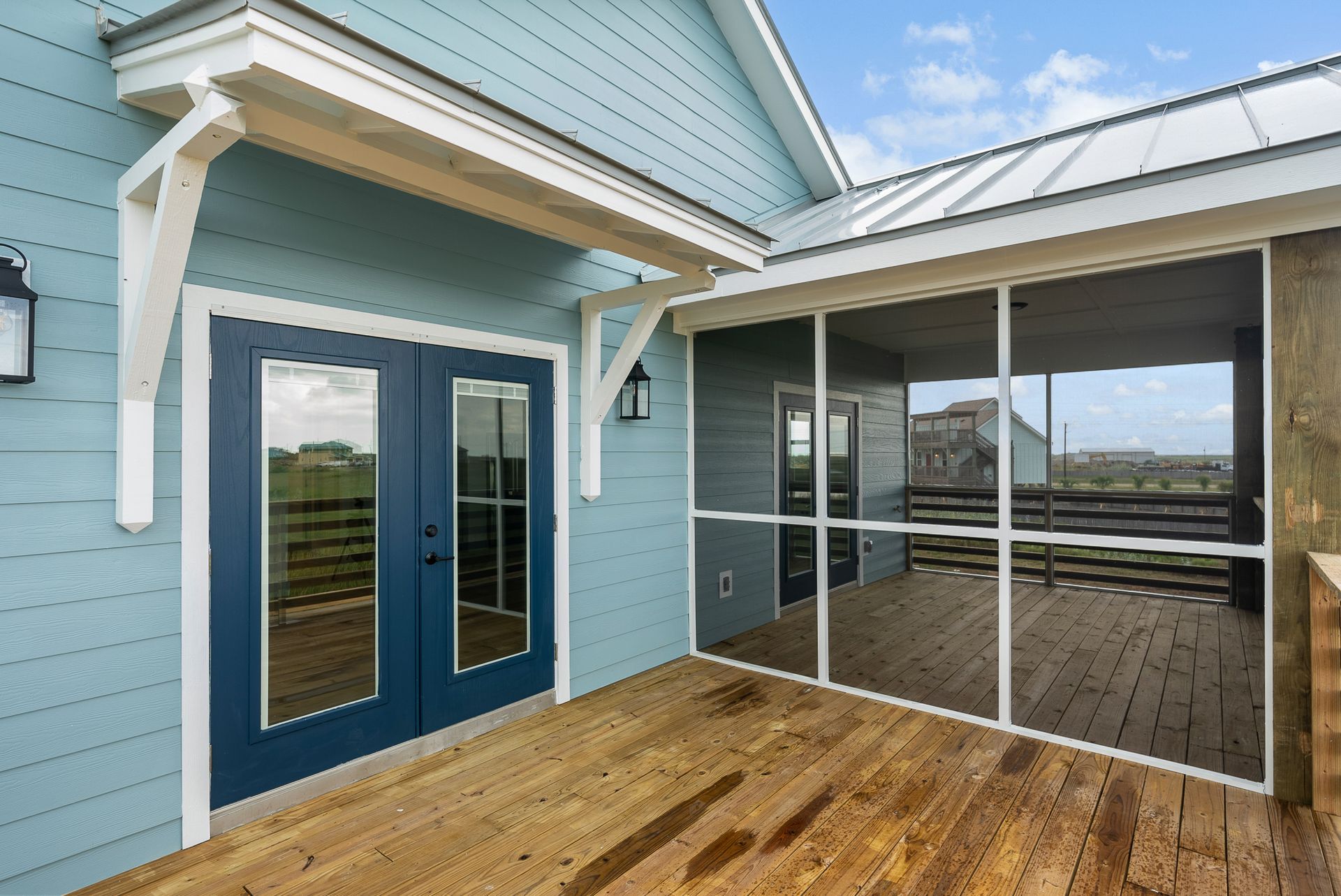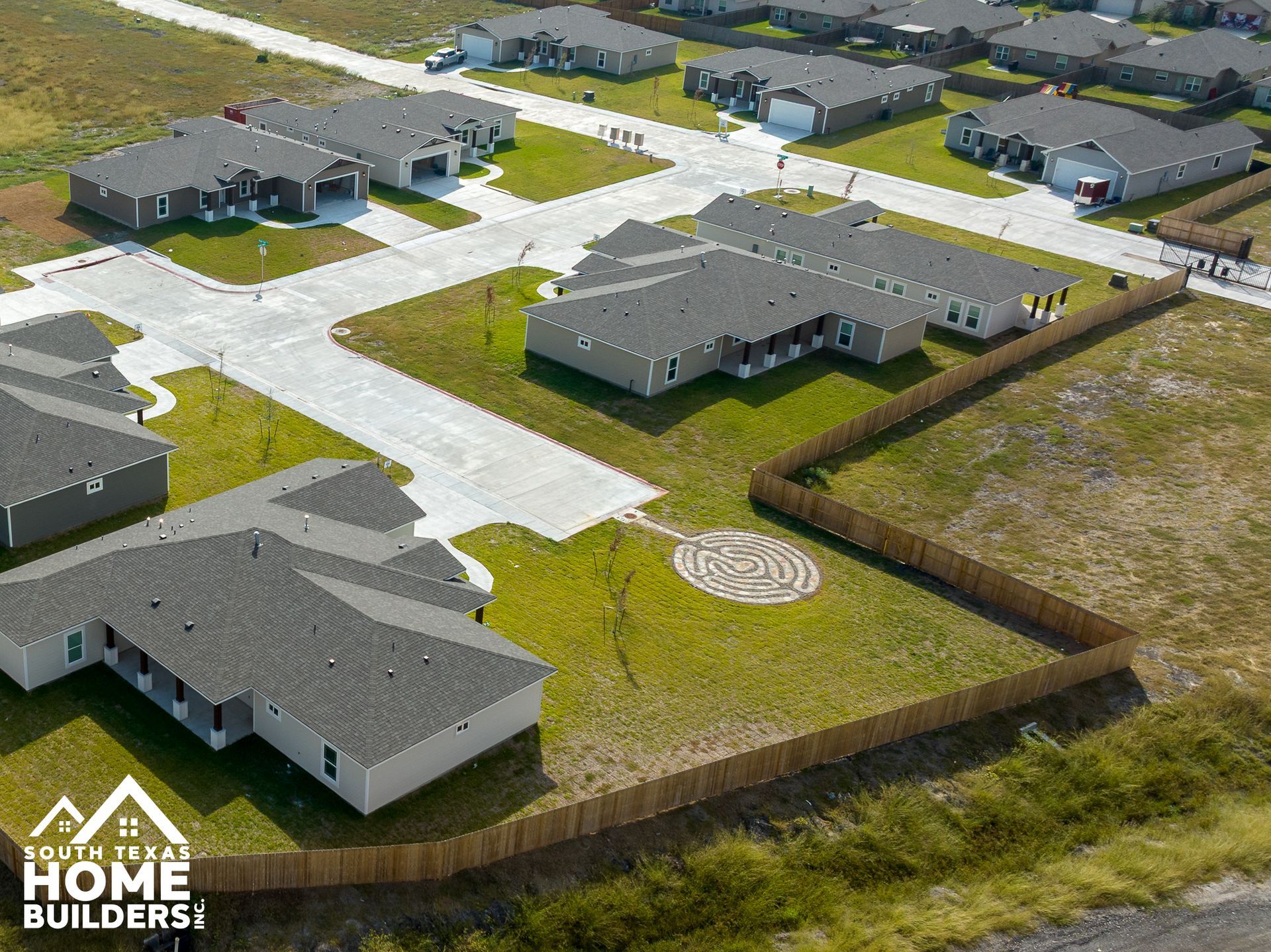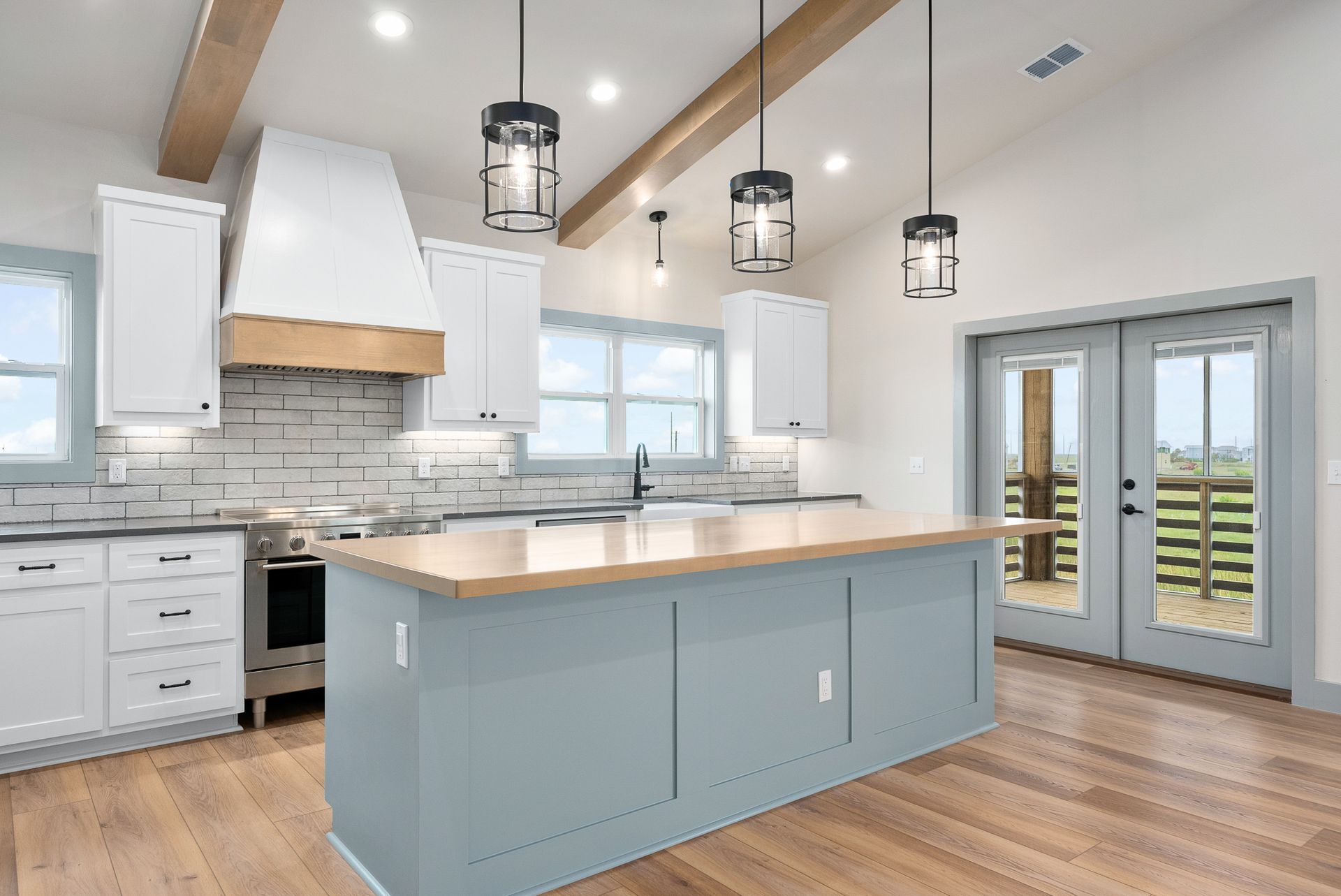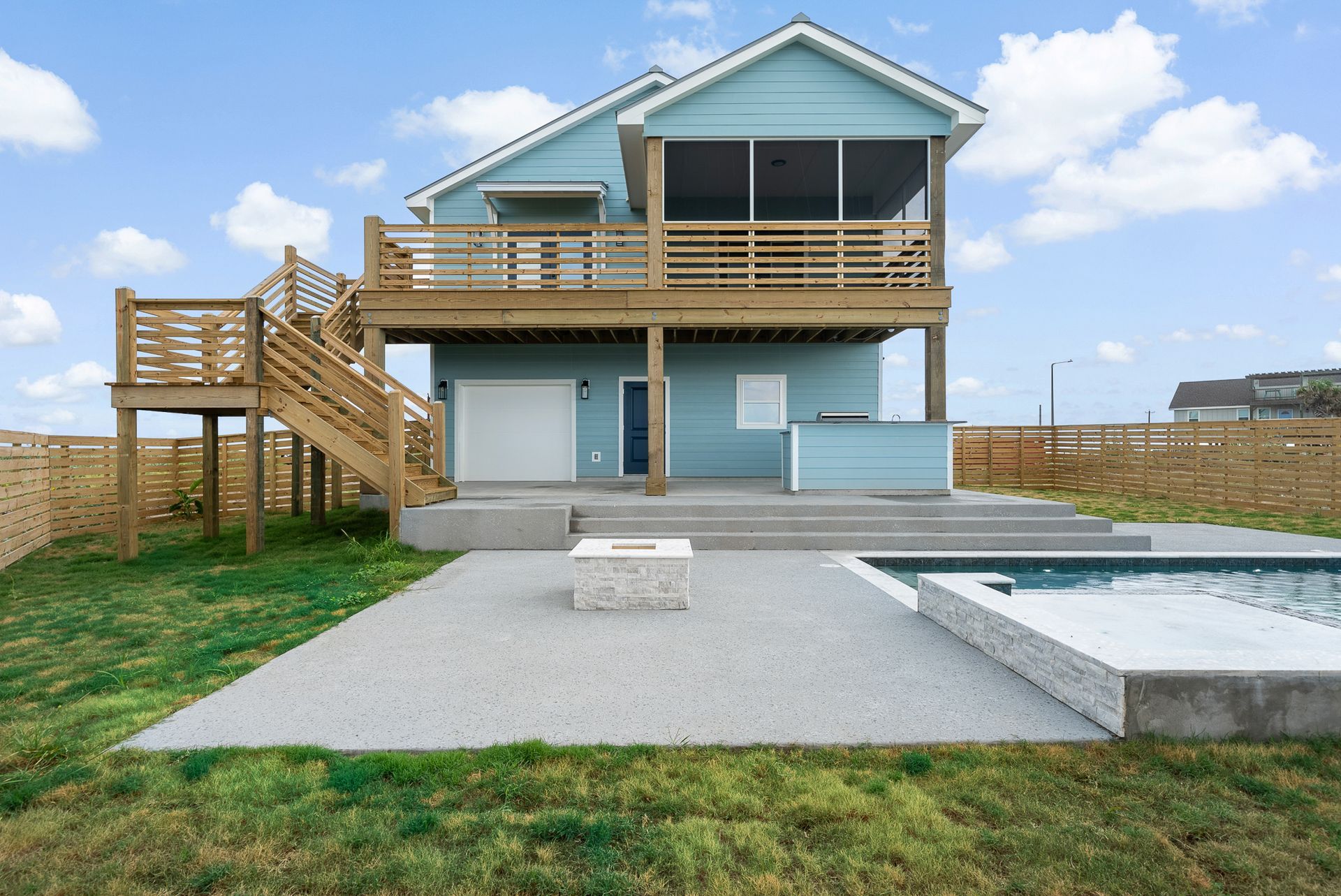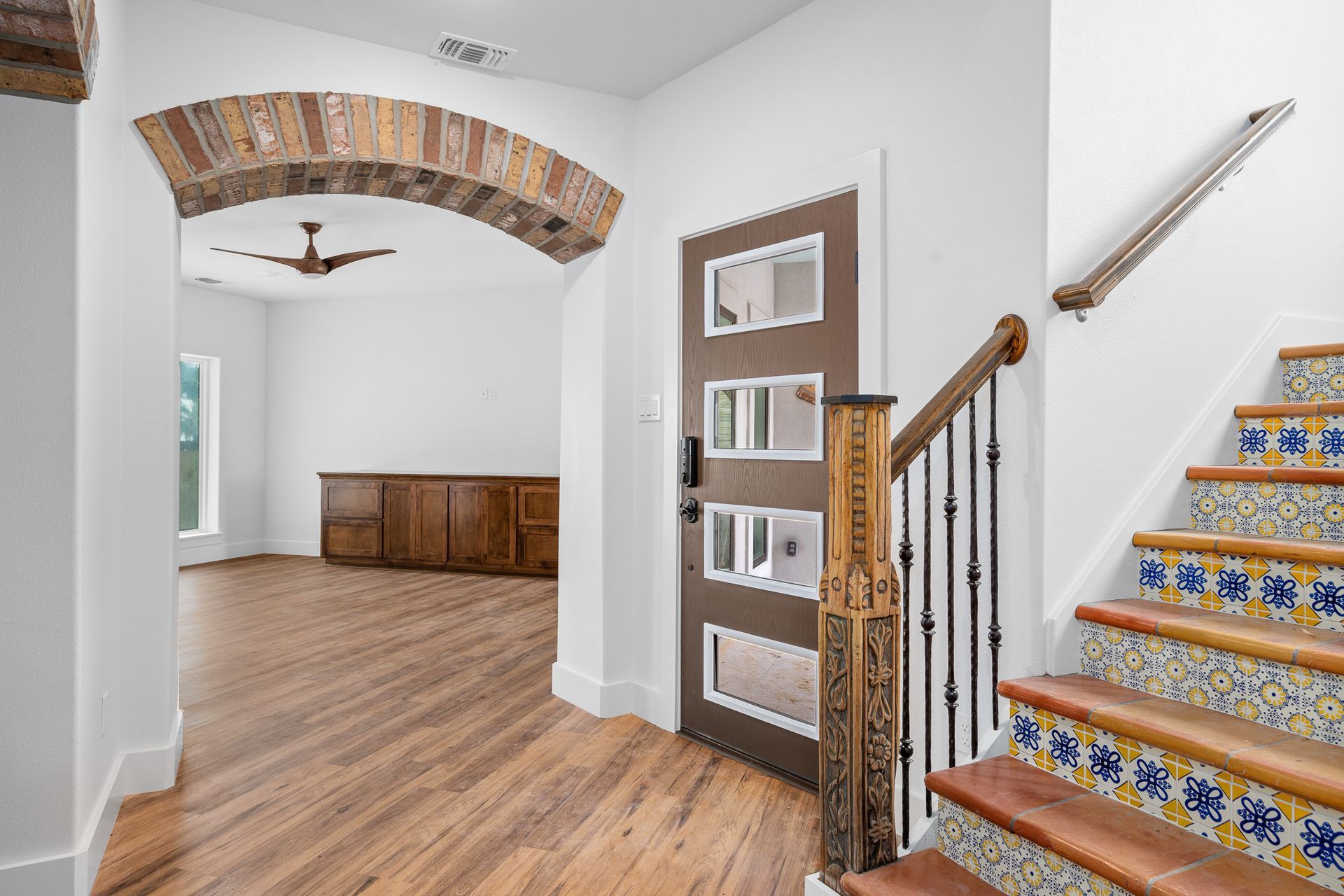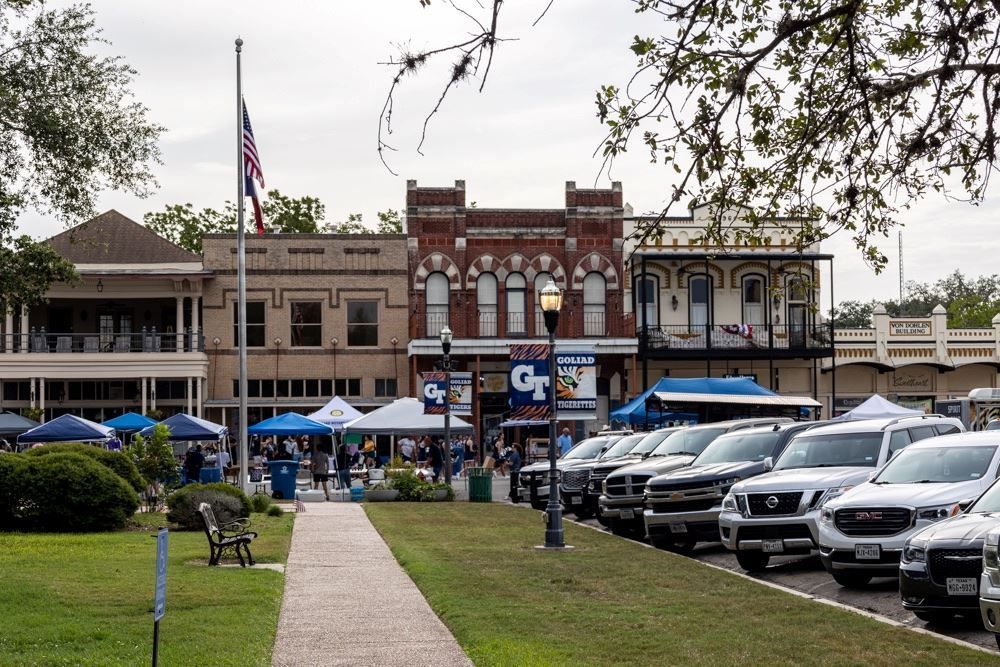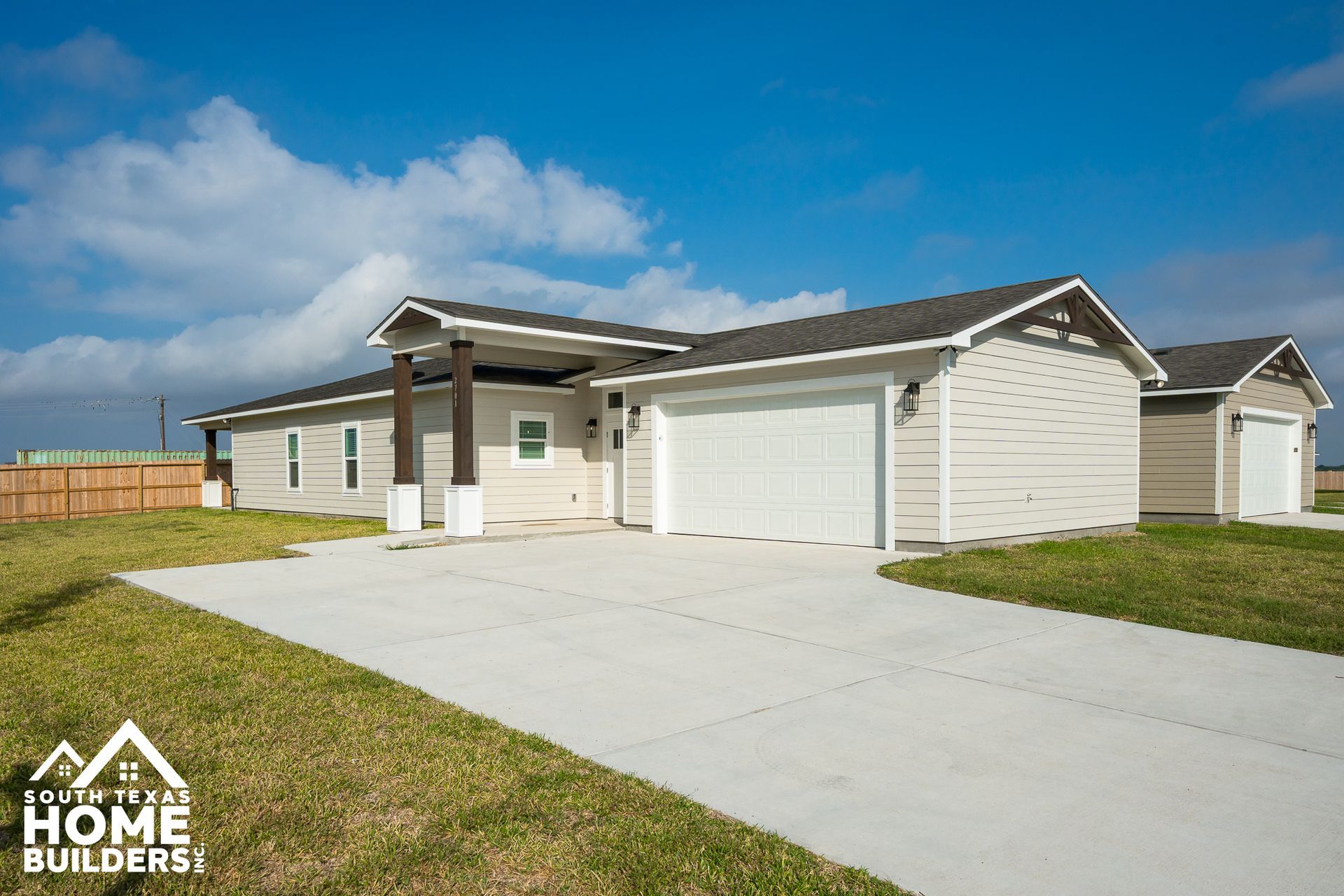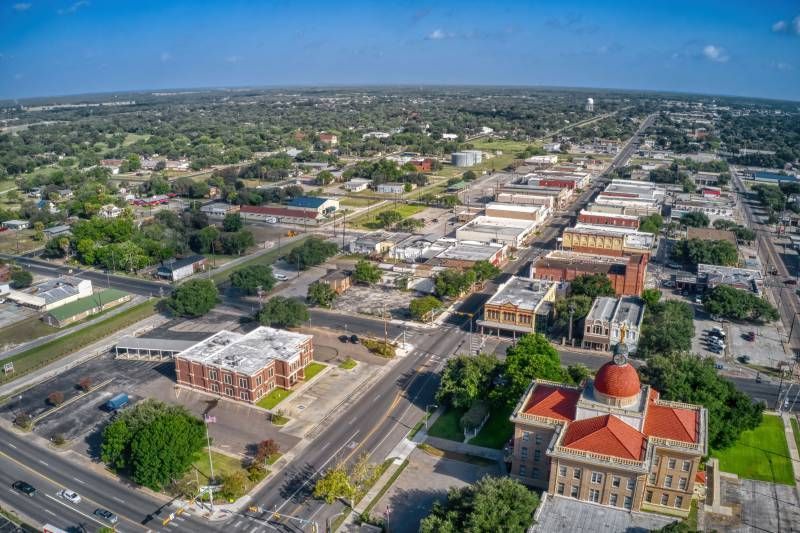Outdoor Landscaping That Works in Coastal Soil: Native Plants & Water Features
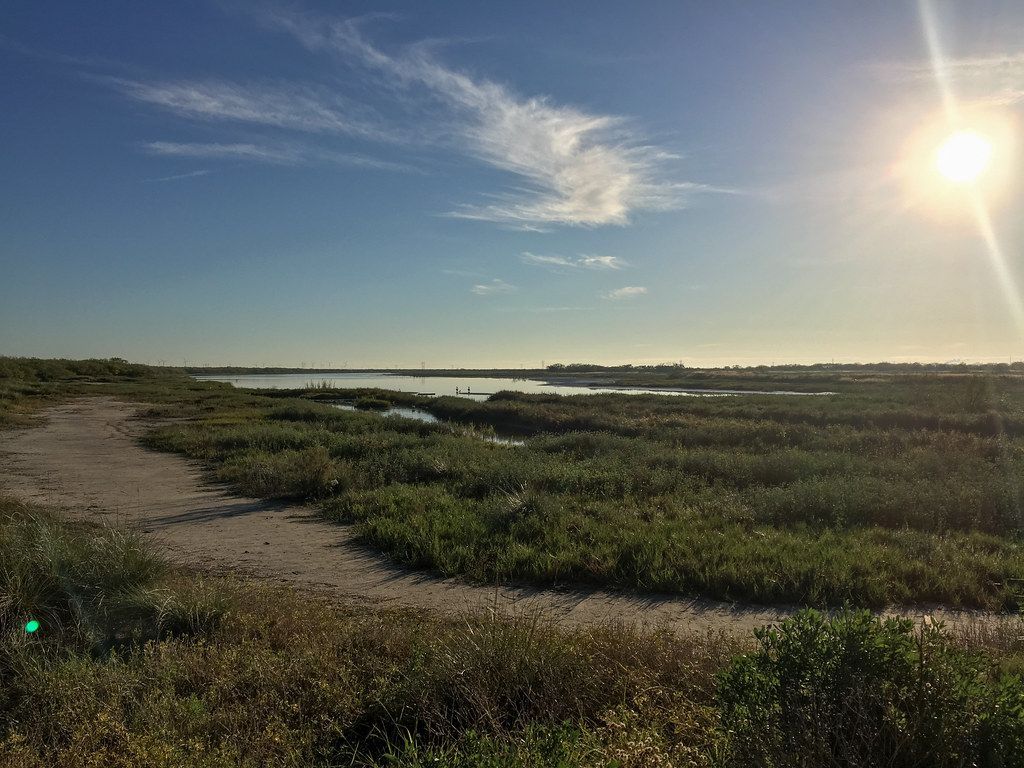
Coastal living delivers endless views and salty air—but also a unique set of landscaping challenges. Sandy soil, steady wind, and brackish water create conditions that demand thoughtful design. A landscape that thrives on the Texas coast isn’t about fighting the environment—it’s about working with it.
At South Texas Home Builders, we’ve learned that durable landscaping starts the same way as durable homes: with the right foundation, materials, and local know-how.
1. Understanding the Ground Beneath You
Coastal soil is typically sandy, alkaline, and quick-draining. That means nutrients and moisture don’t stay put for long.
- Amend strategically: Mix in compost and organic matter to increase water retention in beds.
- Plant for the conditions: Native and salt-tolerant species adapt naturally to sandy textures and high winds.
- Create microclimates: Use fences, retaining walls, or dense shrub plantings to shield delicate plants from salt spray.
If you’re planning a new build, grading and soil prep during construction can establish drainage and planting zones before driveways or patios are poured—saving both time and labor later.
2. Plant Choices That Thrive
The Gulf Coast rewards those who plant with intent.
- Native grasses like Gulf muhly or switchgrass add texture and stabilize sandy soils.
- Shrubs and groundcovers such as wax myrtle, dwarf yaupon, and lantana tolerate salt and heat.
- Flowering perennials—turk’s cap, black-eyed Susan, coreopsis—draw pollinators and withstand dry spells.
- Palms and hardwoods—sabal palm, live oak, or yaupon holly—anchor the landscape with year-round structure.
Mix evergreen and seasonal plants for continuous interest without heavy maintenance.
3. Hardscape and Drainage Considerations
Concrete and stone age faster near salt air. Choose materials meant for exposure.
- Pavers: Concrete or shell aggregate sealed annually to resist moisture absorption.
- Pathways: Crushed granite or stabilized decomposed granite allows drainage without cracking.
- Edging and walls: Concrete block or natural stone set on proper footings—avoid uncoated steel.
- Drainage: Subsurface drains or swales prevent ponding near foundations during heavy rain.
Simple grading adjustments during construction—slopes of even 2–3% away from the home—preserve long-term structure and keep water moving.
4. Integrating Water Features
A small pond, bubbler, or fountain can make a landscape feel complete, but coastal humidity and mineral-rich water require planning.
- Use corrosion-resistant pumps and fittings.
- Ensure basins are sealed and accessible for cleaning.
- Incorporate overflow channels tied to drainage to prevent flooding in storms.
- Choose stone or concrete finishes that hide salt deposits gracefully.
Sound and movement from water soften the steady coastal breeze and make patios and porches feel tranquil year-round.
5. A Living Extension of the Home
The best landscapes feel like they belong. They echo the palette of the home—stone tones, siding colors, roof finishes—and frame outdoor living areas with natural transitions.
A coastal landscape should age beautifully, not deteriorate. When built thoughtfully, it needs less maintenance, not more. That’s the hallmark of every South Texas Home Builders project: beauty grounded in durability.
NEWS

